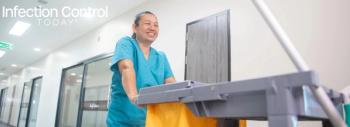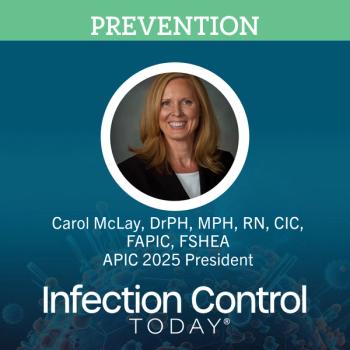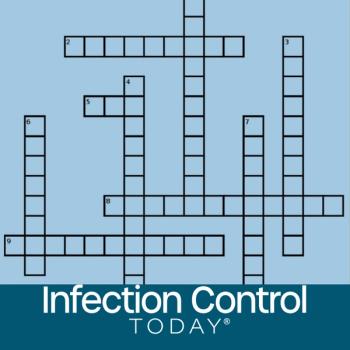
I Was There: A Public Health Worker’s Response to the COVID.gov Rewrite
What truly occurred during the COVID-19 pandemic? Is the new COVID.gov website accurate for those who worked in public health throughout the pandemic? A public health worker answers.
Five years ago today, I came home from a long week of responding to outbreaks to a mailbox full of thank-you cards.
That week, I spent hours driving—county to county, facility to facility.
I cried between visits. I was exhausted.
There were too many outbreaks for me to triage anymore, so I picked counties at random and visited 2 health care facilities a day in each county—usually nursing homes—hoping to make even a small difference.
I remember comforting crying health care workers. I remember evacuating a nursing home where multiple residents were dying, and almost every staff member was infected. I remember those outbreak investigations in vivid detail. Because I was there. I conducted them. I held the informational webinars. I provided the public health recommendations. I was one of the many faces of public health.
And now—5 years to the day—I wake up to discover that our own government has commandeered COVID.gov to spread its own propaganda. The site now claims that “public health officials often misled the American people through conflicting messaging, knee-jerk reactions, and a lack of transparency.”
According to this version of events, I misled you. We misled you—state public health officials, the CDC, and the World Health Organization (WHO). They're painting us as reactionary, dishonest, and incompetent.
It’s a slap in the face for those of us who put our own health, mental well-being, and families on the line to protect yours. I sent my kids away for 3 months because I was afraid of infecting them with a virus that, at the time, we still knew so little about.
Let me tell you what I—and so many of my colleagues—actually do.
I’m a registered nurse with a master’s degree in international public health and a certification in infection prevention and control. And I’m currently obtaining a certificate in the Essentials of Global Health from Yale. I’ve trained in infectious disease epidemiology and infection control at Johns Hopkins University and was the lead nurse consultant for the state of Maryland in 2020, during the height of the pandemic. Collectively, I have spent over a decade working in nursing, public health, and infection control—often in crisis response.
I tell you this not to brag, but because maybe—just maybe—one of you might pause and listen to me when I say: Our government is trying to rewrite history. They are trying to obscure what actually happened. And in so doing, they are eroding your trust in public health, the very individuals working tirelessly to protect you and your family.
Please hear me: We do not take these jobs for money, fame, or glory. We assumed this role because we care—deeply—about people’s health. I took mine because I once looked into the eyes of a malnourished baby in Kenya and promised myself that I would spend my life preventing the kinds of suffering that don’t have to happen.
Our recommendations during the pandemic were not knee-jerk. They were grounded in decades of peer-reviewed, evidence-based research. We applied longstanding principles of infection control and public health, used in hospitals every day, to the broader public during a global health emergency.
For example, I still recommend masks in health care settings. Why?
Because that’s what we’ve always done. Because they work. Because we know that masks reduce the spread of respiratory viruses by filtering the very droplets and aerosols that carry them. This wasn’t new science. It wasn’t an experimental game. It was public health and infection control 101.
I honestly don’t know what more I can say to convince anyone who doesn’t want to be convinced. No amount of literature seems to suffice.
So, I will now speak directly to my fellow public health and infection prevention colleagues:
This is not the first time in history that a government has tried to minimize, obscure, or rewrite the reality of a pandemic, and it won’t be the last. We’ve always been easy targets. We’ve always been politicized.
But the truth? The truth always finds its way into the history books.
And it does so because of you, the public health professionals who keep telling the truth, even when it hurts. So please, keep telling your stories. Keep doing the work. You won’t win over everyone. Some friends and family members may never trust what you say again.
And that’s okay.
Because in the end, history will write the truth. And it will tell the story not of a public health system that lied, but of a government that scapegoated science to avoid accountability.
Newsletter
Stay prepared and protected with Infection Control Today's newsletter, delivering essential updates, best practices, and expert insights for infection preventionists.






